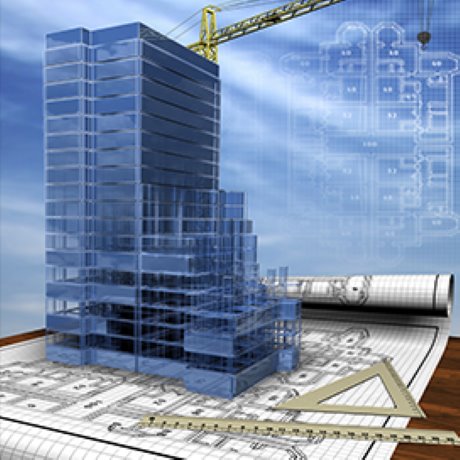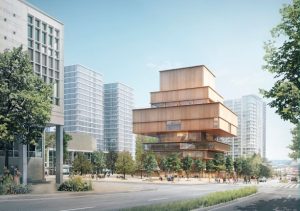A British Columbia professor is looking at ways to make seismic mitigation lighter, cheaper and more efficient.
Tony Yang, an associate professor at the University of British Columbia’s department of civil engineering, gave a technical presentation to the Canadian Institute of Steel Construction on May 28 about new tools to ensure buildings survive seismic events almost completely intact.
One of the new technologies Yang highlighted was economical steel fuses.
Much like electrical fuses, steel fuses absorb excess energy and can then be discarded and replaced after a seismic event, leaving the rest of the building’s structure intact.
Yang also pointed to new buckling restrained knee braced truss system as capable of withstanding significant seismic impacts.
"A truss is very efficient in taking a gravity load, but was never really designed to take seismic loads because the components are thin and easily buckled. What we want to do is combine a truss with steel fuses, so we can use the advantage of a truss spanning very long distances with very few materials, but improve seismic performance," Yang said.
UBC also uses advanced simulation tools to model extreme seismic events and study how structures behave under such pressures, Yang said.
"We’re developing computer simulations and experimental testing techniques to make the structure not just work better but also more economically," he said.
Vancouver has the fourth highest number of skyscrapers in North America, but also sits on one of the most active seismic regions in the world.
The last large earthquake in the region was in the 1700s, and Yang said the math shows we are at the beginning of a new cycle.
Traditional design for seismic remediation is not enough for regions like Vancouver, Yang said,
High-performance structures are needed to address the conditions buildings would face during a major quake, he added.
He explained that Vancouver, along with the rest of the North American West Coast sits on a seismic region known as the Ring of Fire, which extends down to South America, through the Pacific Ocean and then slices through Taiwan, Japan and other Asia-Pacific nations.
The accelerated pace of construction in China has also allowed for better observation first hand of new construction and seismic mitigation techniques, Yang said.
"If you look at mankind’s development, the last 10 years of construction in China is the fastest in all history. The (seismic) research is done here and we apply the research into real applications (there)," he said.
Yang also pointed to modular construction as not only a cheaper and more efficient way to build, but also another path by which to protect buildings from seismic events.
"Obviously it has disadvantages if you don’t deal with seismic conditions," Yang said.
"Otherwise it’s like putting a LEGO building together. If you shake it, it’s going to fall apart."
He stressed the importance of the initial design of such buildings accounting for systems that transfer earthquake force safely to the foundation.











Recent Comments
comments for this post are closed